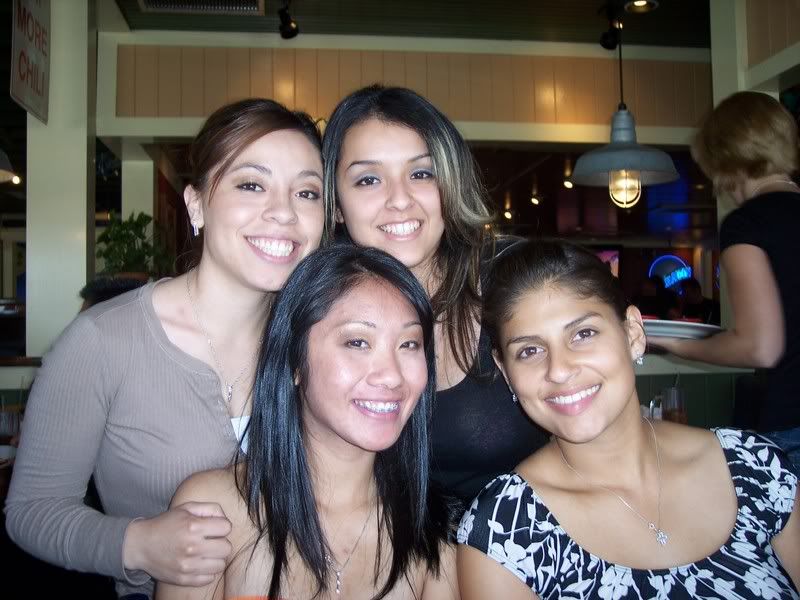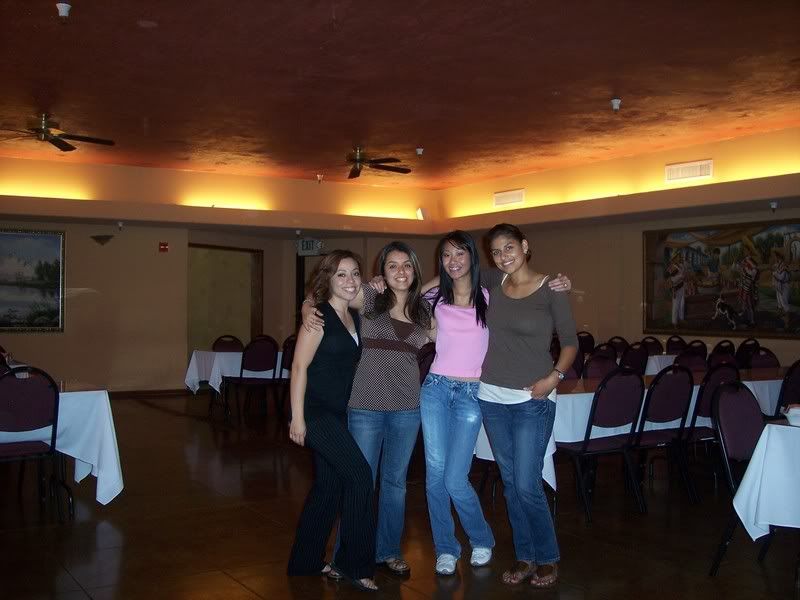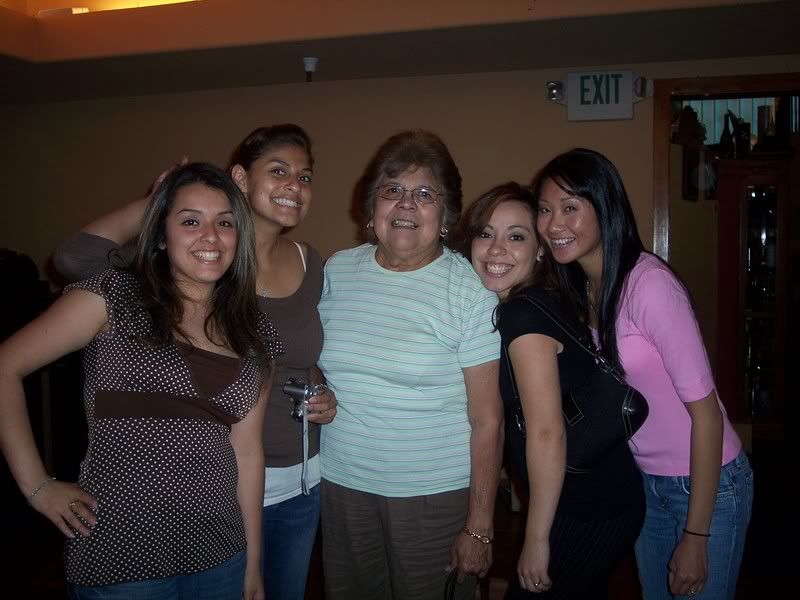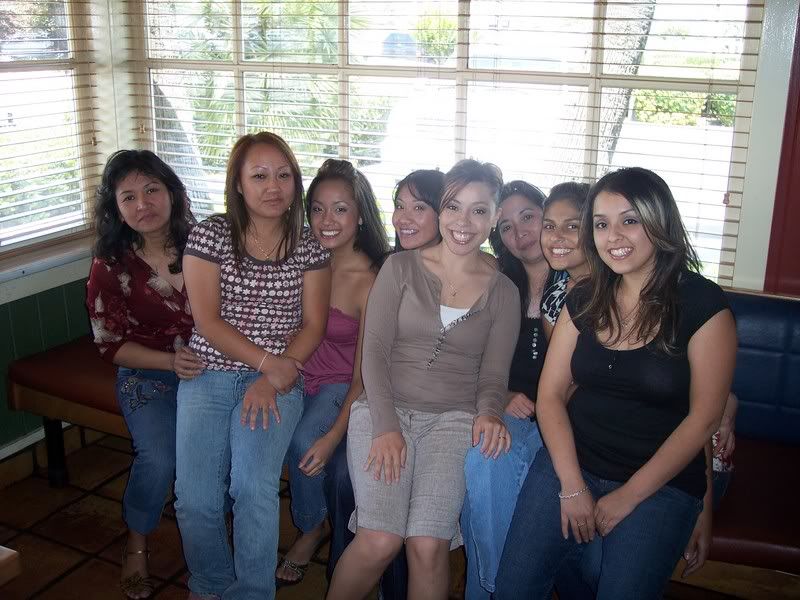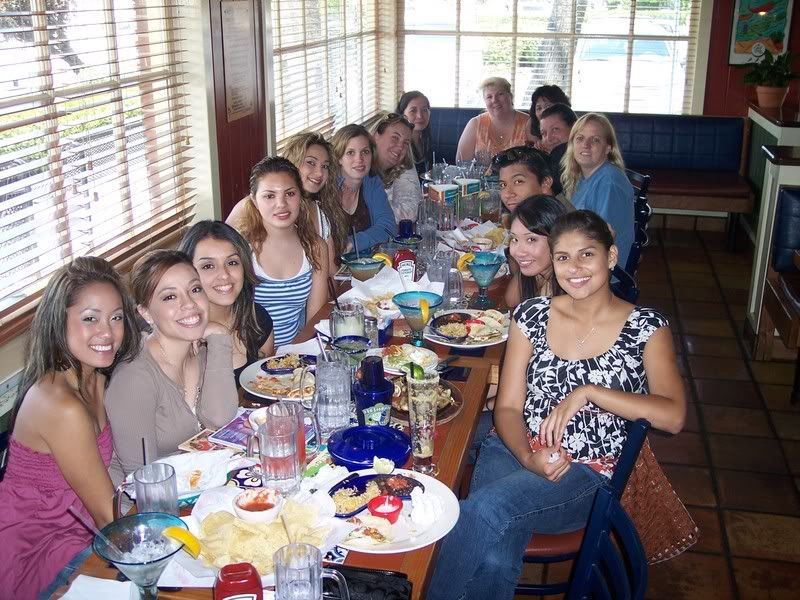It will take just 37 seconds to read this and change your thinking.
>> Two men, both seriously ill, occupied the same hospital room.
>> One man was allowed to sit up in his bed for an hour each afternoon to
> help drain the fluid from his lungs.
> His bed was next to the room's only window.
>> The other man had to spend all his time flat on his back.
>> The men talked for hours on end.
> They spoke of their wives and families, their homes, their jobs, their
> involvement in the military service, where they had been on vacation.
>>> Every afternoon, when the man in the bed by the window could sit up, he
> would pass the time by describing to his roommate all the things he could
> see outside the window.
>> The man in the other bed began to live for those one hour periods where
> his world would be broadened and enlivened by all the activity and color
> of the world outside.
>>> The window overlooked a park with a lovely lake.
> Ducks and swans played on the water while children sailed their model
> boats. Young lovers walked arm in arm amidst flowers of every color and a
> fine view of the city skyline could be seen in the distance.
>>> As the man by the window described all this in exquisite details, the man
> on the other side of the room would close his eyes and imagine this
> picturesque scene.
>> One warm afternoon, the man by the window described a parade passing by.
>>> Although the other man could not hear the band - he could see it in his
> mind's eye as the gentleman by the window portrayed it with descriptive
> words.
>>> Days, weeks and months passed.
>> One morning, the day nurse arrived to bring water for their baths only to
> find the lifeless body of the man by the window, who had died peacefully
> in his sleep.
> She was saddened and called the hospital attendants to take the body away.
>> As soon as it seemed appropriate, the other man asked if he could be moved
> next to the window. The nurse was happy to make the switch, and after
> making sure he was comfortable, she left him alone.
>>> Slowly, painfully, he propped himself up on one elbow to take his first
> look at the real world outside.
> He strained to slowly turn to look out the window besides the bed.
>> It faced a blank wall.
>> The man asked the nurse what could have compelled his deceased roommate
> who had described such wonderful things outside this window.
>>> The nurse responded that the man was blind and could not even see the
> wall.
>> She said, "Perhaps he just wanted to encourage you."
>>> Epilogue:
>> There is tremendous happiness in making others happy, despite our own
> situations.
>> Shared grief is half the sorrow, but happiness when shared, is doubled.
>>> If you want to feel rich, just count all the things you have that money
> can't buy.
>>> "Today is a gift, that is why it is called The Present."
